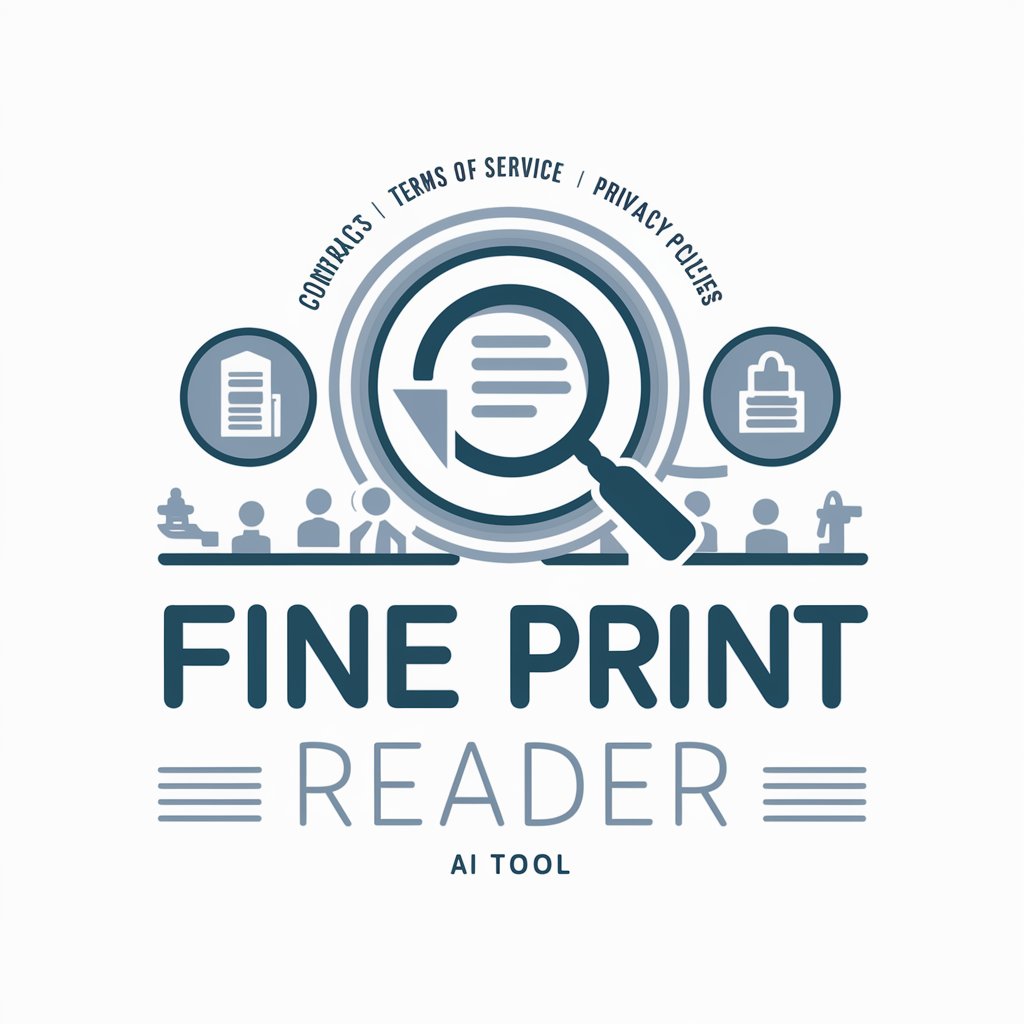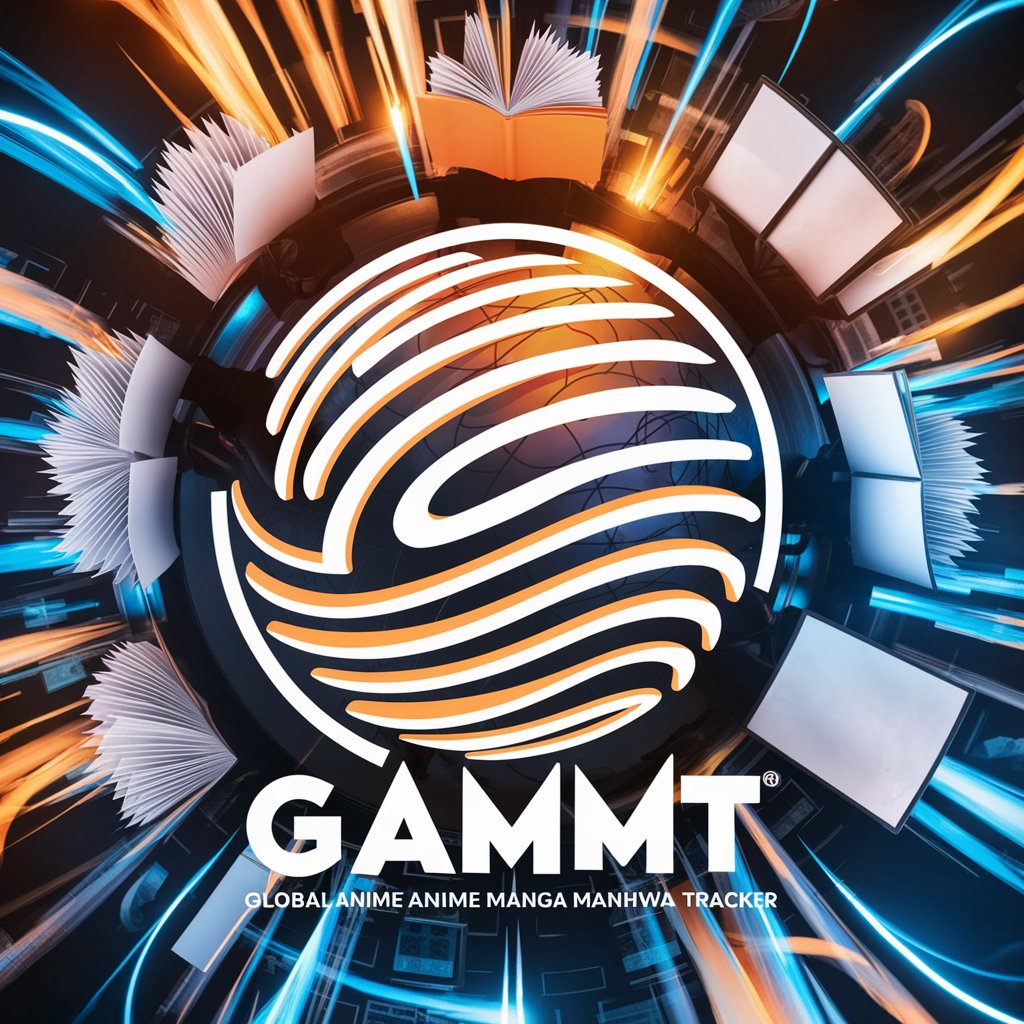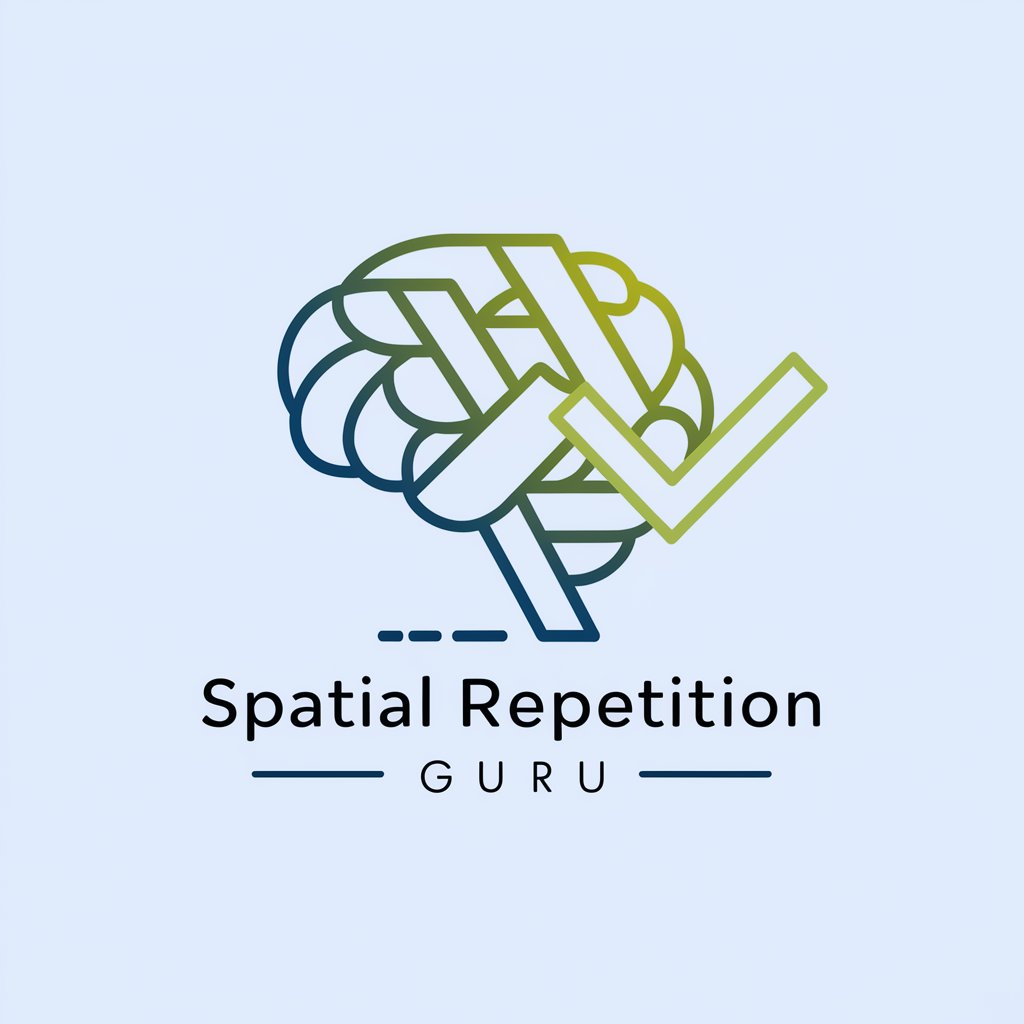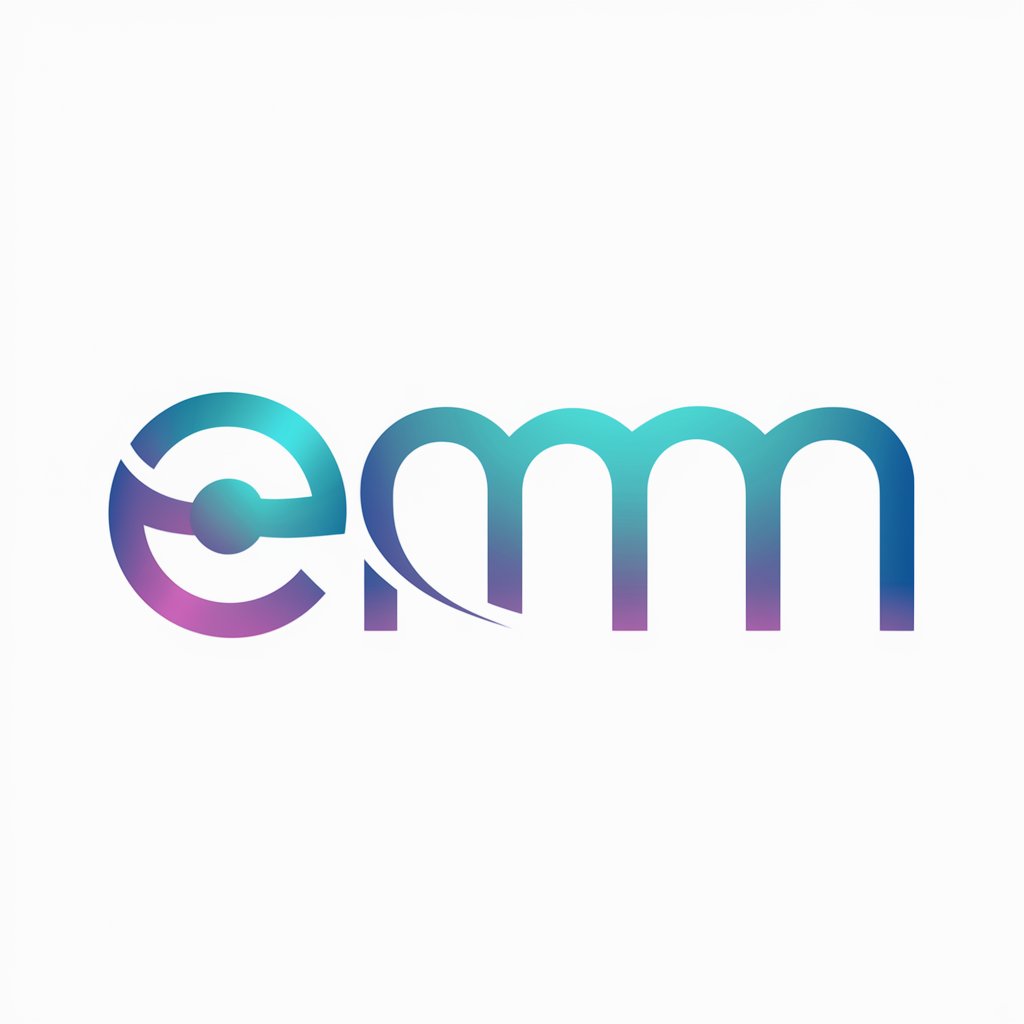Fine Print Reader - Legal Document Analysis

Welcome! Let's simplify those legal documents together.
Simplifying Legal Jargon with AI
Summarize the key points of this contract in simple language:
Highlight potential privacy issues in the terms of service:
Identify any red flags in this legal document:
Explain the user rights and obligations in this agreement:
Get Embed Code
Overview of Fine Print Reader
Fine Print Reader is designed as a specialized AI tool aimed at demystifying and summarizing complex legal documents such as contracts, terms of service agreements, and privacy policies. Its core purpose is to convert dense legal text into easily understandable summaries, pinpointing key terms, obligations, rights, and potential concerns. For instance, when presented with a lengthy software license agreement, Fine Print Reader would distill the document into a concise summary that outlines the user's rights, restrictions, and any data privacy concerns, all in plain language. This enables users to grasp the essence of agreements without needing to navigate through intimidating legal jargon. Powered by ChatGPT-4o。

Core Functions of Fine Print Reader
Summarization
Example
Transforming a 50-page privacy policy into a brief overview that highlights data collection practices, user rights, and opt-out options.
Scenario
A user planning to sign up for a new social media platform uses Fine Print Reader to quickly understand how their personal information will be used and shared.
Identification of Red Flags
Example
Spotting clauses in a service agreement that allow unilateral changes to terms without notifying the user.
Scenario
A small business owner reviews a vendor contract with Fine Print Reader and is alerted to terms that could permit unexpected fee increases without prior notice.
Explanation of Legal Terms
Example
Clarifying the meaning of 'indemnification' and its implications in a user agreement.
Scenario
A freelance graphic designer uses Fine Print Reader to review a project contract and gains a clear understanding of their liability and risk exposure.
Target User Groups for Fine Print Reader
Non-Legal Professionals
Individuals without a legal background, such as entrepreneurs, freelancers, and consumers, who need to understand legal documents they encounter in personal and professional contexts but find legal language inaccessible.
Small Business Owners
Owners of small to medium-sized enterprises who must navigate contracts and agreements regularly but may not have the resources to retain legal counsel for each instance. Fine Print Reader empowers them with essential insights to make informed decisions.
Educational Institutions
Teachers and students in business, legal studies, or related fields can use Fine Print Reader as an educational tool to analyze and understand the structure and components of legal documents.

How to Use Fine Print Reader
Start your journey
Head over to yeschat.ai to kick off your free trial, no signup or ChatGPT Plus subscription required.
Upload your document
Use the upload feature to submit the legal document you wish to analyze. Accepted formats include PDFs, URLs to web pages, or direct text input.
Select analysis type
Choose the specific analysis you need, such as contract review, terms of service examination, or privacy policy scrutiny.
Review the summary
Examine the concise summary provided, highlighting key points, obligations, rights, and any potential red flags within the document.
Utilize insights
Apply the insights gained to make informed decisions, asking for clarifications or renegotiations as necessary based on the analysis.
Try other advanced and practical GPTs
NSQ SEO Content Writer
Elevate Your SEO Game with AI

Stay Tuned / Latest News
Stay informed, your way

Generatore Di Testo
Transforming ideas into text with AI

Emulator
Bringing Personalities to Your Screen

MTB Tuning Expert
Empowering your ride with AI-driven MTB tuning.

Flirty Text Pro
Elevate Your Flirty Conversations with AI

Global Anime Manga Manhwa Tracker
Empowering fans with AI-driven updates on global releases.

On Brand
Align Your Content with Brand Identity, Powered by AI

HeroWriter Creative Writing Assistant
Empower Your Stories with AI

Lecture to Anki - Spatial Repitition Guru
Transform lectures into learning with AI

Synesthesia Scribe
Crafting the Future of Content with AI

OttO Summarize the top 5 Web Searches
AI-powered Insights from Top Web Searches

Fine Print Reader FAQs
What types of documents can Fine Print Reader analyze?
Fine Print Reader is designed to analyze a variety of legal documents, including contracts, terms of service agreements, privacy policies, and more, across multiple formats like PDFs, web pages, and plain text.
How does Fine Print Reader identify potential red flags?
The tool employs AI-driven techniques to parse and understand the text, pinpointing clauses that may pose privacy concerns, obscure legal rights, or place undue obligations on the user. Each identified issue is clearly explained, often with real-life implications.
Is Fine Print Reader suitable for non-lawyers?
Absolutely. The tool is designed with the layperson in mind, translating complex legal jargon into plain language to ensure that anyone can understand the implications of the documents they are dealing with.
Can Fine Print Reader replace legal advice?
While Fine Print Reader provides valuable insights and helps demystify legal documents, it cannot replace personalized legal advice from a qualified professional. It's best used as a supplementary tool for initial analysis.
How current is the information and analysis provided by Fine Print Reader?
Fine Print Reader's AI models are continuously updated to reflect the latest in legal standards and practices. However, for the most critical or nuanced legal matters, consulting with a legal professional is recommended.
